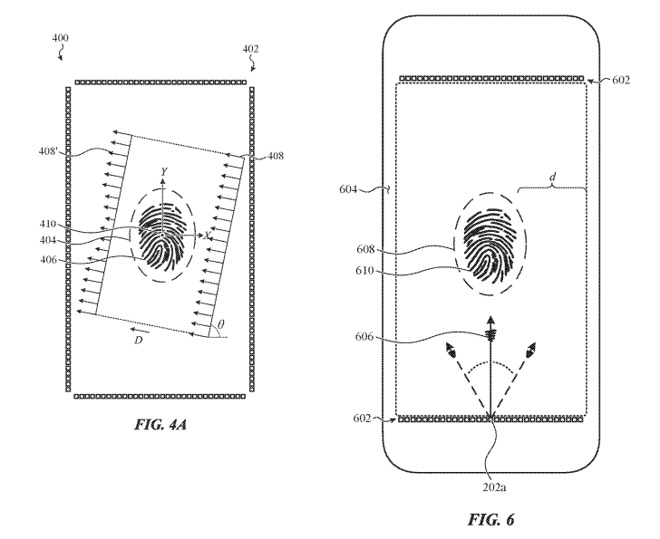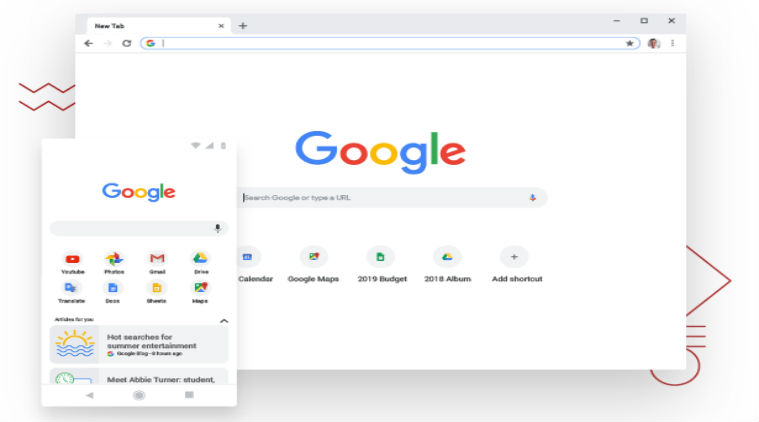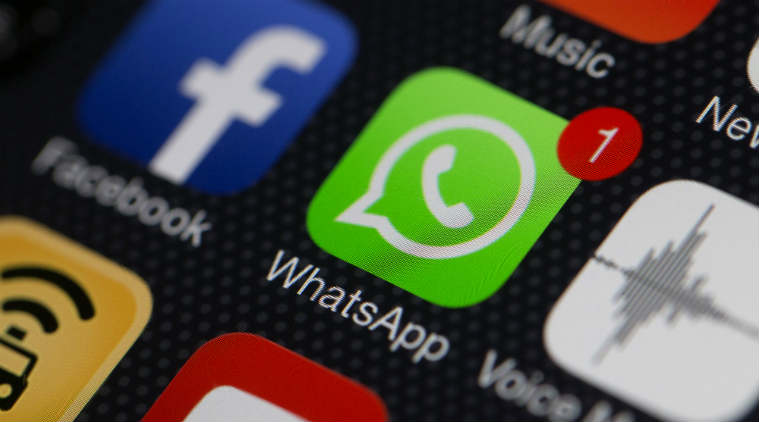Smartphone industry is actively experimenting with the bio-metric security and is now offering in-display fingerprint sensor. Many smartphone manufacturers are now offering sixth-generation technology which provider wider fingerprint recognition area.
If you are among those who wishes for the whole smartphone display to act as a fingerprint sensor, then we have some good news. It seems that Apple is working on acoustic fingerprint imaging technology that can offer full-screen Touch ID.

This will enable the company to offer Touch ID on iPhone without the need to embeds the sensor in the home button, and the company the continue offering clean full-screen design for the front panel.
With iPhone X, Apple replaced Touch ID with Face ID which uses TrueDepth camera array. This enabled the US-based company to have edge-to-edge display. However, Face ID still has some flaws that Touch ID continues to be better at, such as unlocking the iPhone without looking at it.
In a patent granted by the US Patent and Trademark Office, the company describes an acoustic imaging system for a surface. It is using a combination of acoustic transducers to vibrate a surface in a specific way, which can effectively turn the entire display into a fingerprint reader.
Another patent named “Acoustic imaging system for spatial demodulation of acoustic waves,” covers the same subject area with a relatively similar technique, except that it goes into greater detail relating to transducer placement.
In the second patent, the company explicitly suggests that the object being detected “is a finger,” while the user input surface could be formed from “glass, sapphire, or metal,” with the obvious application being a touch-enabled display.








